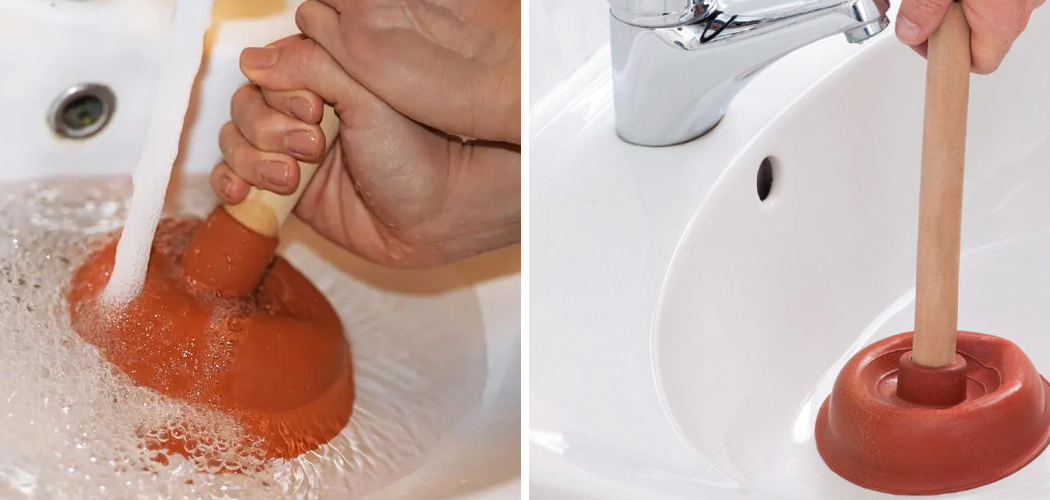When the shower drain refuses to cooperate despite your best efforts with commercial solutions like Drano, frustration can mount. However, fear not, as there are alternative methods to tackle the stubborn clog. From utilizing household items to implementing manual techniques, unclogging a shower drain can be achieved with a bit of patience and resourcefulness.
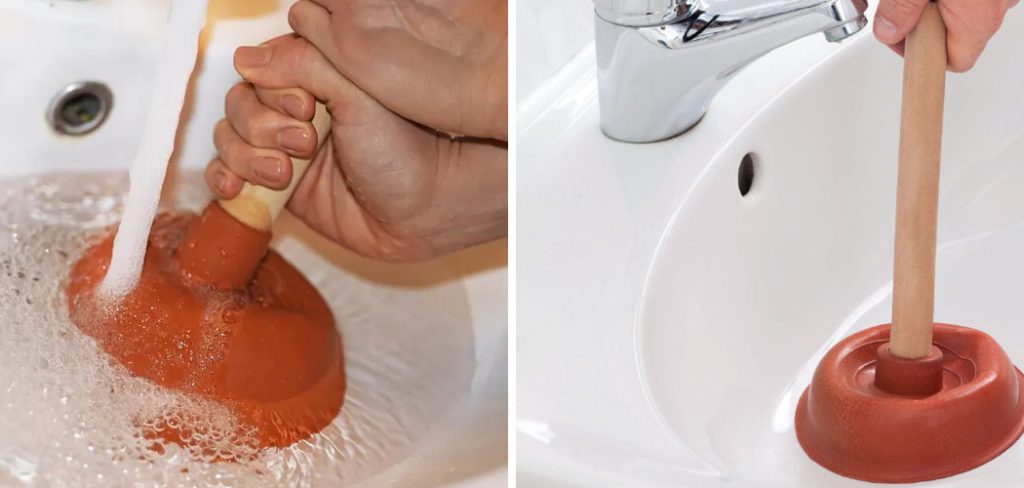
In this guide, we’ll explore how to unclog a shower drain when drano doesn’t work. Whether it’s employing a combination of baking soda and vinegar to dissolve the blockage or employing a plumbing snake to physically dislodge the obstruction, there are solutions suitable for every situation.
By understanding the underlying causes of shower drain clogs and implementing targeted strategies, you can regain the smooth water flow you desire. Say goodbye to standing water and hello to a rejuvenated shower experience with these tried-and-tested methods for unclogging a shower drain when Drano doesn’t quite cut it.
Importance of Addressing Clogs Promptly
Ignoring a clogged shower drain can lead to more than just the inconvenience of standing water. Over time, untreated blockages can cause pipes to deteriorate due to increased pressure, potentially leading to leaks and water damage in your home. The longer a clog remains, the harder it becomes to remove, turning a manageable issue into a costly and complex repair job.
Additionally, stagnant water can become a breeding ground for harmful bacteria and emit unpleasant odors, impacting the overall hygiene and comfort of your bathroom. Taking prompt action to address a clogged drain not only preserves the integrity of your plumbing system but also ensures a healthier, more pleasant living environment.
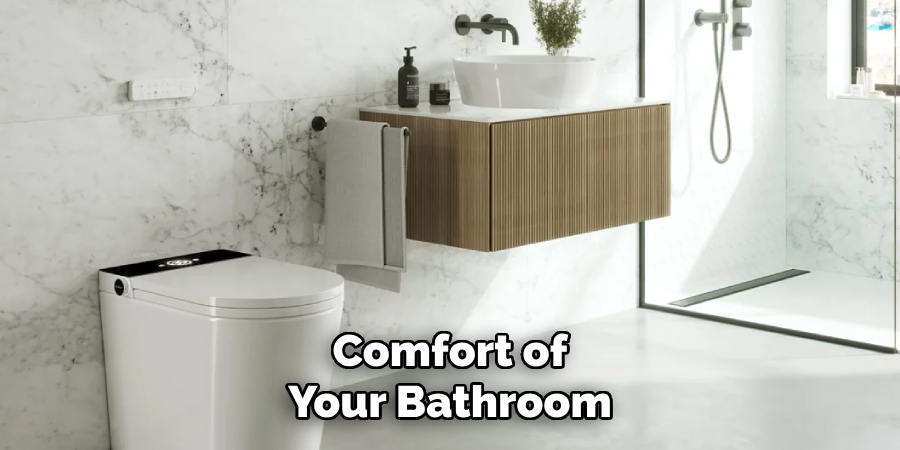
Understanding the Causes of Stubborn Clogs
Stubborn clogs in shower drains are usually a result of a buildup of various materials that get washed down on a daily basis. Hair is the most common culprit, often intertwining with other debris to form a dense, impenetrable mass. Soap scum, which results from soap mixing with hard water, contributes to the clog by coating and binding the debris together.
Regular shampoo, conditioner, and body wash can also accumulate over time, particularly in showers that see a lot of use. Additionally, foreign objects such as small bottle caps, pieces of plastic, or even jewelry can accidentally fall into the drain and get stuck, obstructing water flow further. Understanding what causes these blockages is the first step toward effectively clearing them and preventing future clogs.
Signs That Drano Isn’t Working
Identifying when Drano or similar chemical drain cleaners are failing to resolve your shower drain clog is crucial for moving on to more effective solutions. The most apparent sign is persistent standing water in the shower, indicating that the obstruction remains despite treatment. Additionally, you might notice that water drains increasingly slower after using Drano, reflecting a failure to dissolve the clog fully.
In some cases, you may also observe an unpleasant chemical odor emanating from the drain; this is not only a sign of an unresolved blockage but can also indicate the potential harm these chemicals are inflicting on your plumbing system over time.
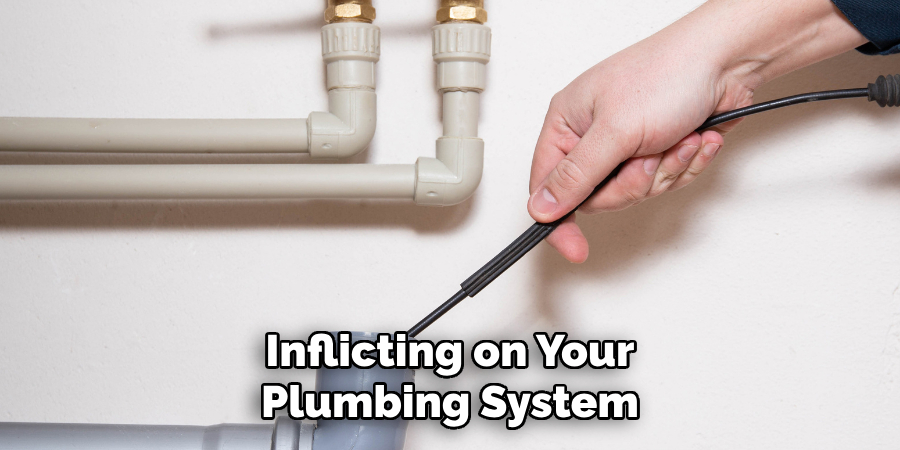
Furthermore, if you hear gurgling sounds coming from the drain when water is running, it suggests that air is trapped by the blockage, which chemical cleaners have not effectively removed. Recognizing these signs early can help you avoid prolonged damage and move towards more practical and safer methods to unclog your shower drain.
Alternative Solutions for a Slow-Draining Shower
When a shower drains more slowly even after the application of Drano, it’s a clear indication that the solution has not fully reached or dissolved the blockage. This situation calls for alternative methods that can be more effective in tackling such stubborn clogs. One immediate step is to try a physical approach, such as using a plunger.
A plunger can create a vacuum-like pressure that might dislodge the blockage. For a more direct approach, a wire hanger or a plumbing snake can be inserted into the drain to physically break apart the clog or pull it out. If these methods do not offer improvement, employing a natural solution might be the next best step.
A mixture of baking soda followed by vinegar poured down the drain creates a fizzy chemical reaction that can help break down the blockage. After allowing it to sit for an hour, flushing hot water through the drain can further help clear away the remnants of the clog. These alternative solutions are not only cost-effective but also minimize the risk of damaging your plumbing system with harsh chemicals.
Safe and Eco-Friendly Alternatives to Drano
In the search for a clog-free shower drain, turning to eco-friendly and safe alternatives can offer effective results without the harsh chemicals found in commercial cleaners like Drano. These green solutions not only protect your plumbing system but also contribute to a healthier environment.
- Baking Soda and Vinegar: A classic combination in the natural cleaning world, mixing baking soda and vinegar creates a powerful reaction capable of dissolving hair and soap scum clogs. Pour a cup of baking soda directly into the drain, followed by an equal amount of white vinegar. The resulting fizz helps to break down the blockage. After letting it sit for an hour, flush the drain with boiling water to clear out the remnants.
- Hot Water Flush: Sometimes, a simple hot water flush can work wonders for minor clogs and slow-running drains. Boiling water can soften and dislodge soap scum and greasy residue, restoring water flow. However, this method should be used with caution on PVC pipes to avoid damage from the high temperature.
- Enzyme Drain Cleaners: For a more potent eco-friendly option, enzyme-based drain cleaners offer an effective solution. These products use natural bacteria to eat away at organic material clogging your drain, such as hair and soap, without harming your pipes or the environment.
- Manual Removal with Tools: Sometimes, the most eco-friendly solution is to manually remove the clog using tools like a plumber’s snake or a wire coat hanger reshaped to reach into the drain. These tools can physically extract hair and debris, clearing the way for water to flow freely.
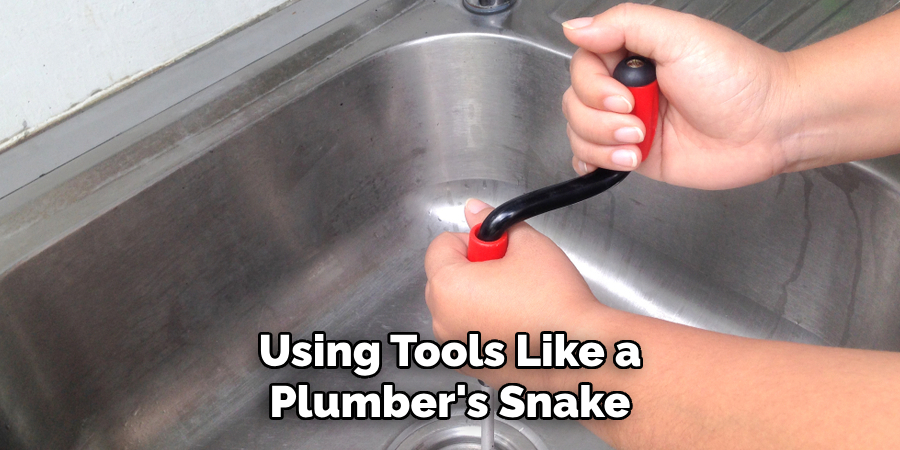
Opting for these safe and environmentally friendly methods not only solves your drain woes but also aligns with sustainable living practices.
10 Methods How to Unclog a Shower Drain when Drano Doesn’t Work
1. Baking Soda and Vinegar:
This classic combination creates a fizzy reaction that can help break down organic matter causing the clog. Start by pouring a cup of baking soda down the drain, followed by a cup of vinegar. Let it sit for about 30 minutes, then flush with hot water.
The chemical reaction between the two ingredients will help break down any buildup or blockage in the pipes. However, keep in mind that this method may not be effective for larger clogs or blockages caused by non-organic matter.
2. Boiling Water:
Sometimes, a simple solution can be the most effective. Boil a pot of water and carefully pour it down the drain in stages, allowing it to work its way through the clog. The hot water can help dissolve soap scum and grease buildup. This method is particularly effective for minor clogs in the kitchen or bathroom sink. Though it may not work for stubborn or severe clogs, it is a quick and easy method to try before moving on to more drastic measures.
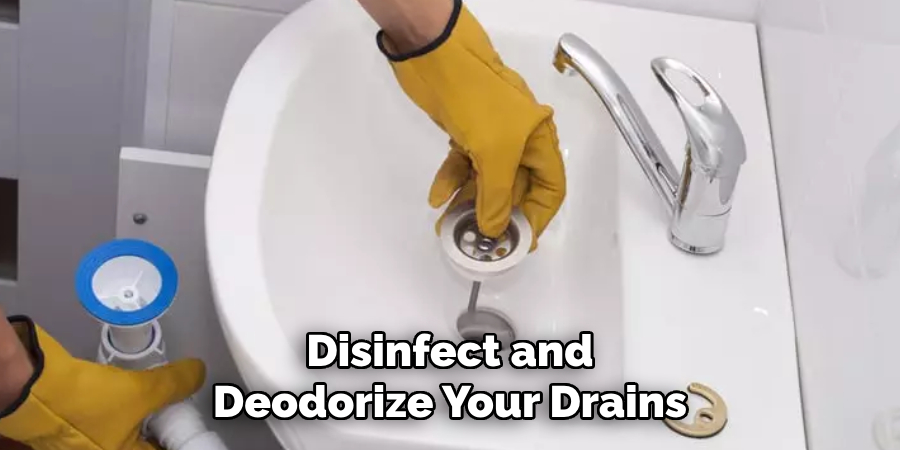
Another benefit of using boiling water is that it can help disinfect and deodorize your drains. The high temperature can kill bacteria and eliminate any unpleasant odors coming from your drain. So even if you don’t have a clog, periodically pouring boiling water down your drains can help keep them clean and fresh.
3. Plumbing Snake:
A plumbing snake, also known as a drain auger, is a long, flexible tool that can reach deep into the drain to dislodge stubborn clogs. Insert the snake into the drain and rotate it while pushing forward. Once you feel resistance, rotate and push until the clog breaks apart. Then, remove the snake and run hot water down the drain to clear any remaining debris.
While a plumbing snake is an effective tool for clearing clogs, it’s important to use it properly to avoid causing damage to your pipes. When inserting the snake into the drain, be sure to guide it gently and avoid forcing it in too aggressively.
This can cause bends or breaks in the snake, making it less effective or even causing damage to your pipes. Additionally, be careful not to overuse the snake as it can also wear down and damage pipes over time.
Another important aspect of using a plumbing snake is to know when it’s necessary. While minor clogs can often be cleared with a plunger or homemade drain cleaner, more stubborn clogs may require the use of a plumbing snake. It’s also important to be aware of what type of pipes you have, as different types may require different snakes or techniques for clearing clogs.
4. Wire Hanger:
Straighten out a wire coat hanger and create a small hook at one end. Insert the hooked end into the drain and use it to pull out any hair or debris that may be causing the clog. Be gentle to avoid damaging the pipes.
To prevent future clogs, consider using a hair catcher or strainer in your drains to catch any hair before it goes down the drain. You can also pour boiling water down the drain regularly to help dissolve any build-up of soap scum or grease.
In addition, avoid pouring large amounts of oil, grease, or food scraps down the drain as these can solidify and cause clogs. Instead, dispose of them in the trash or compost bin.
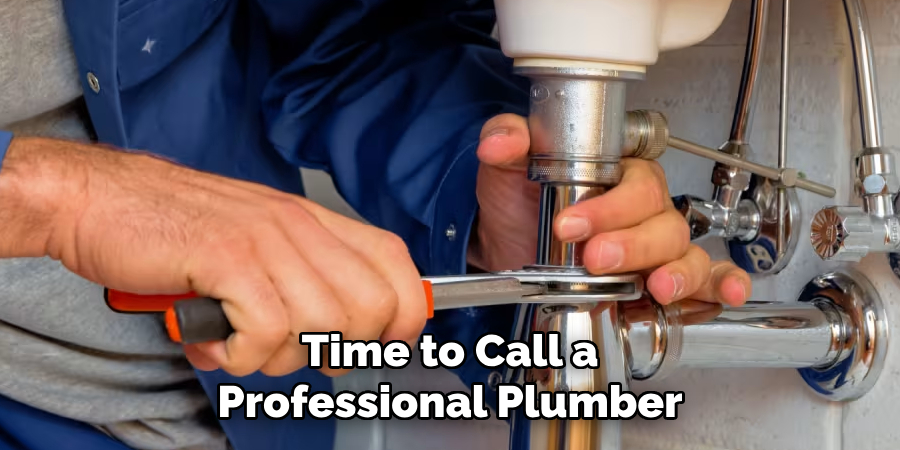
If you have a stubborn clog that cannot be cleared with a wire hanger or other home remedies, it may be time to call a professional plumber. They have specialized tools and equipment that can effectively clear even the toughest clogs without causing damage to your pipes.
5. Wet/Dry Vacuum:
If you have a wet/dry vacuum, you can use it to suck out the clog from the drain. Be sure to create a tight seal around the drain opening with the vacuum nozzle to maximize suction power. This method works well for removing both water and debris.
There are a few other methods you can try if the wet/dry vacuum doesn’t work or if you don’t have one available. One option is to use a plunger, which creates pressure and suction to dislodge the clog. You can also try using a plumbing snake, which is a long flexible tool that can be inserted into the drain to break up and remove the clog.
In addition to these methods, you can also use chemical drain cleaners to dissolve and break up the clog. However, be cautious when using these products as they can be harmful to your pipes and should only be used as a last resort.
6. Enzyme Cleaners:
Enzyme-based drain cleaners can be effective for breaking down organic material like hair and soap scum. Pour the cleaner down the drain and let it sit overnight to allow the enzymes to work. Flush with hot water in the morning to clear the drain. In addition to being effective, enzyme cleaners are also environmentally friendly and safe for septic systems.
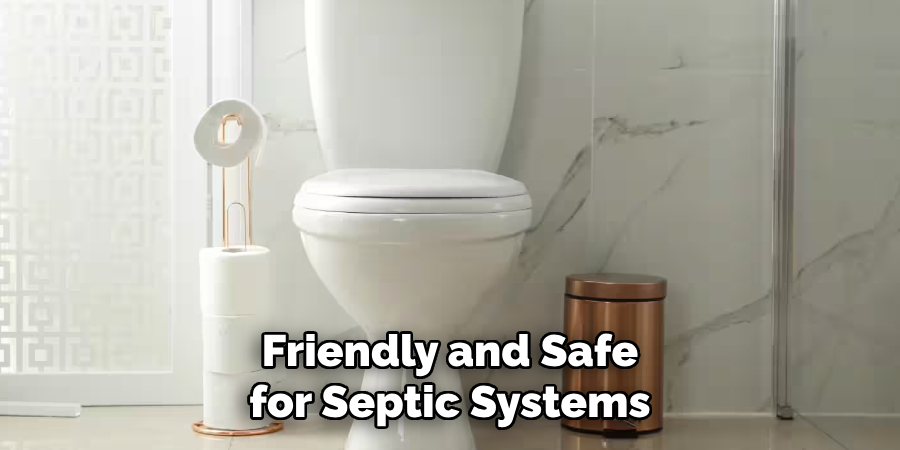
Some other common uses for enzyme cleaners include removing stains from carpets and upholstery, getting rid of pet urine odors, and cleaning up after a grease fire. Enzymes can break down the molecules that cause these tough stains and odors, leaving your surfaces fresh and clean.
Another benefit of enzyme cleaners is that they continue working long after you have applied them. This means that even after you have flushed the drain or cleaned the surface, the enzymes will keep breaking down any remaining organic material and preventing future buildup.
When choosing an enzyme cleaner, make sure to read the instructions carefully. Some cleaners may require dilution with water, while others can be used directly
7. Plunger:
A plunger can be surprisingly effective for clearing minor clogs in shower drains. Make sure there is enough water in the shower to cover the bottom of the plunger, then place it over the drain and plunge vigorously several times to create suction and dislodge the clog. If the clog is particularly stubborn, you may need to use a plumbing snake to break it up before plunging again.
Other tools for clearing clogs include drain augers, which are long flexible rods with a hook on the end that can be inserted into drains and rotated to break up and remove debris. There are also chemical drain cleaners available, but these should only be used as a last resort as they can be harmful to pipes and should always be handled carefully according to the instructions on the product.
8. Hydrogen Peroxide and Baking Soda:
Create a paste by mixing hydrogen peroxide and baking soda, then apply it to the drain opening. Let it sit for about 30 minutes to fizz and dissolve the clog, then flush with hot water. This combination works well for minor clogs and can also help to remove any lingering odors. While hydrogen peroxide is a powerful cleaner and disinfectant, it can also be harsh on some surfaces. Be sure to test it on a small area first before using it in larger quantities.
9. Caustic Soda:
Caustic soda, also known as sodium hydroxide, can be used to dissolve tough clogs caused by grease and other organic matter. Use caution when handling caustic soda, as it can cause burns. Mix it with water according to the manufacturer’s instructions, then pour it down the drain and let it sit for several hours before flushing with hot water. Caustic soda is also commonly used in the manufacturing of paper, textiles, and detergents.
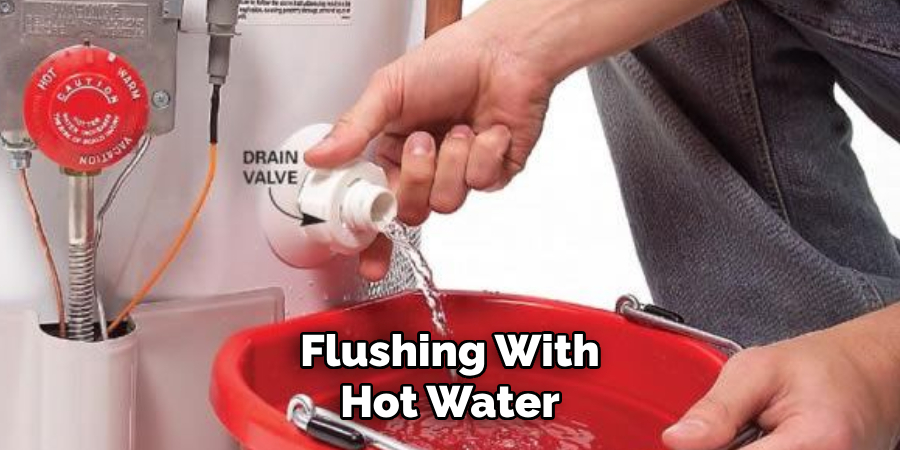
Caustic soda is a versatile chemical compound with various industrial and household applications. It has a wide range of uses due to its strong alkaline properties that can dissolve and break down organic materials. Let’s dive deeper into the many uses of caustic soda and how it is produced.
10. Call a Professional:
If all else fails, it may be time to call in a professional plumber. Plumbers have the tools and expertise to tackle even the toughest clogs safely and effectively. They can also identify any underlying issues with your plumbing system that may be contributing to the problem.
Conclusion
In conclusion, when Drano proves ineffective in clearing a stubborn shower drain clog, there are numerous alternative solutions to consider. From eco-friendly options like vinegar and baking soda mixtures to advanced techniques such as enzymatic cleaners or hydro jetting, there’s a method suited to every situation.
Additionally, manual removal of visible obstructions using plungers or drain snakes can often provide effective results. It’s crucial to remain patient and persistent, as tackling persistent clogs may require a combination of methods.
Moreover, implementing preventative measures like regular maintenance routines and using drain covers can help minimize the occurrence of future clogs. Thanks for reading, and we hope this has given you some inspiration on how to unclog a shower drain when drano doesn’t work!

